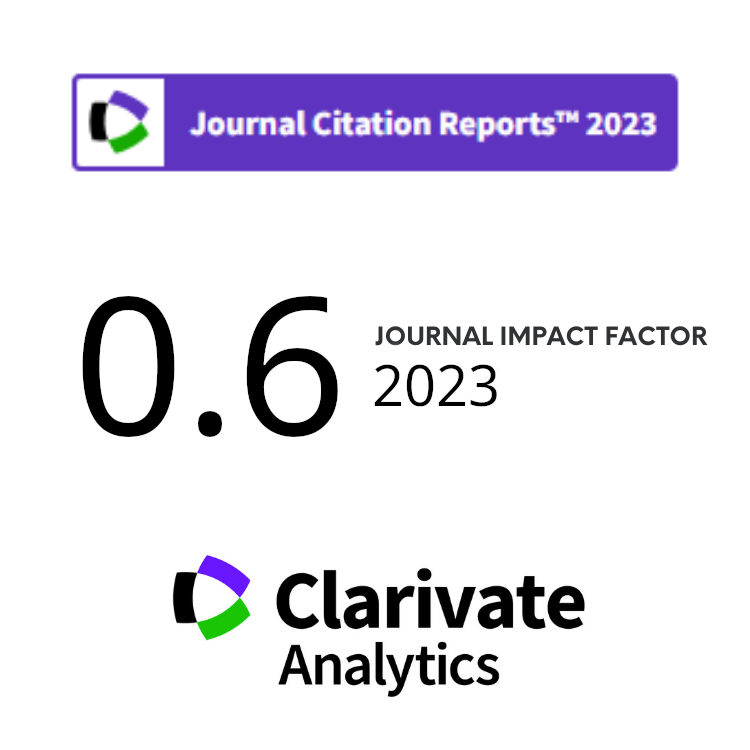Determination of Lactic Acid Bacteria Viability in the Small Intestine of Catfish (Pangasius djambal) by Using the 32P Radioisotope
Abstract
The viability of probiotics is important to be determined, as is its probiotic potency in the small instestine of fish. The result can be used as a basis to determine the feeding frequency of the probiotics to the fish.The aim of this study is to gain information about the viability of lactic acid bacteria (LAB) in the small intestine of fish by using the 32P isotope technique. Catfish (Pangasius djambal) was used as a test fish, and the LAB with the code of P2.1 PTB was the subject of the experiment. Before its viability was tested, the LAB had been labelled with radioisotope 32P, then mixed into catfish feed. Its viability could be determined by counting the activity of 32P. The results showed that the percentage of LAB viability in the small intestine of catfish declined until day 7. The percentage of LAB viability was decreased at an amount of 30% at day 3. Based on this result, the feeding frequency of LAB P2.1 PTB is every 3 days.
Received: 04 October 2014 Revised: 26 March 2015; Accepted: 05 April 2015
Keywords
Full Text:
PDFDOI: https://doi.org/10.17146/aij.2015.352
Copyright (c) 2016 Atom Indonesia

This work is licensed under a Creative Commons Attribution-NonCommercial-ShareAlike 4.0 International License.











